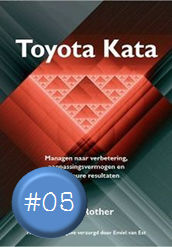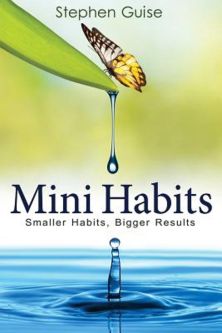
Carl Coryell-Martin publiceerde via twitter (@carlcoryell) een serie tweets waarin hij de stappen van de Toyota Kata duidelijk weergeeft en uitlegt hoe dit een hulpmiddel is om 'wicked' problems aan te pakken zonder oordeel en schuld en je hiermee constructieve manieren zoekt om vooruit te komen.
Was voor mij weer een opfrisser van de kracht van de Toyota verbeterkata en daarom hieronder de tekst van Carl's tweets op een rijtje gezet:
![]()
Toyota’s improvement kata has a four step cycle for learning and improving: 1) Establish a vision for the future; 2) Understand the current condition; 3) Establish a Target Condition; 4) Try experiments to move from the current condition to the target condition. Repeat.
This cycle is *awesome* from a psychological safety perspective. 1) establishing a vision for a positive constructive future creates group energy and alignment.
2) Framing the current condition in the context of a target condition is much easier and can be done without blame or judgement: “What capabilities do we have to build with? What are known obstacles that we can anticipate?”
So, now you have a vision for a successful future and agreement on a current condition. 3) Defining the target condition next brings the journey from current to the vision into the realm of the graspable. It should require a little bit of learning and show real progress.
Step Four is to define experiments that you hypothesize will move from the current condition to the target condition. This is another bit of psychological safety magic.
No one has to promise that they *will* move from current to target condition. People promise to try experiments and *learn.* This makes the process tolerant to errors in the vision, in the current condition, in the target condition and in the experiments.
If the experimental hypothesis are invalidated: Awesome! We learned. If the experiments couldn’t be run: Awesome! We learned. Was the vision ‘wrong’? Our experiments will suss that out.
The Improvement Kata doesn’t ask people to have the answers, or to build complex execution plans, but instead asks only that people try things, learn and iterate. It’s a much safer ask.
Bron: https://twitter.com/carlcoryell/status/1251279910703788032




















